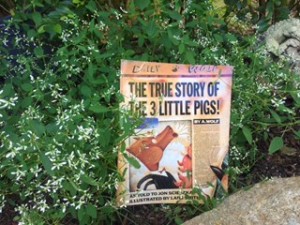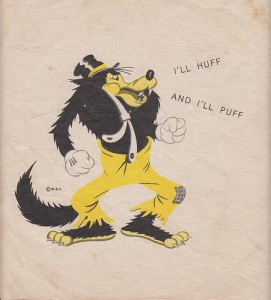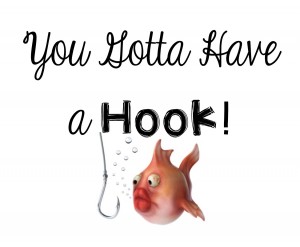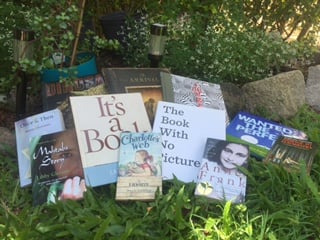After talking about the seven reading procedures recommended by the authors of First Steps in Reading , I really want to share a great strategy that can be used to introduce a text to students.
As literate adults, what do we do when choosing a book or text to read? Read the title? Look at the book cover image? Read the blurb? Skim the contents page? All of these are helping us decide if this is a suitable text and are preparing us to read.
Three years ago, I undertook David Rose’s Reading to Learn professional learning program. I really love this approach as it encapsulates many of the reading and writing components I have adopted over the years but forms them into an integrated sequence that allows all students to understand how language works to make meaning. One of the most powerful aspects to this approach is using a ‘preparation to read’ prior to reading a text.
A preparation to read for literary texts involves preparing students to listen with understanding. Background information is given, along with a basic outline of the story and a summary of the sequence. This should only takes a few minutes. I like making a powerpoint of it so that students also have a visual of what is in the story.

If I was doing a preparation for The True Story of the 3 Little pigs, I would begin by showing them a newspaper and a current news article. I would produce a copy of the original story (or an image) and ask who has read the story.
I would then display this text, introduce the wolf and explain that he feels that the newspaper has shown him in a bad light and that this book is his version of the events. It started with the day he wanted to make a cake for his granny and he had run out of sugar, which meant visiting each of his neighbours, the three pigs, asking for a cup of sugar.
Loopdeeloop via Compfight cc
As a Support Teacher Literacy and Numeracy, I would often be given a text to read with a group of students with very little notice. I became quite adept at putting together preparations to read by quickly googling and then sharing images of nouns and places that I may have identified in a quick skim of the text.
I have done a similar thing when my own teenage children have had texts to read for school. Over the last couple of years, I have put together powerpoints for texts such as ‘The Tempest’, ‘Of Mice and Men’, ‘Riding the Black Cockatoo’, ‘The Crucible’ and ‘The Looking Glass Wars’. For many of these, I gave some information about the author, the setting, time period and the characters. These preparations helped my son (year 9/10) and daughter (year 11/12) to engage with these texts and to understand their context.
You can do this type of preparation with any text, including non-fiction texts. A preparation to read for a non-fiction text is similar to the literary text. It would involve providing the background knowledge needed to understand the text’s field, explaining what the text is about and summarising the sequence.
 Preparations to read hook students into the text, build their field knowledge, allow them to follow the text when it is being read aloud and then assist students with decoding the text. I always construct one (visually or orally) prior to studying a text.
Preparations to read hook students into the text, build their field knowledge, allow them to follow the text when it is being read aloud and then assist students with decoding the text. I always construct one (visually or orally) prior to studying a text.
